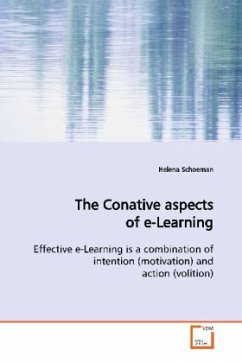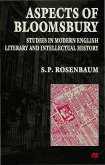Effective learning (self-direction and
collaboration), techno- and information literacy and
an effective learning environment are the strongest
predictors of effective e-learning. The combination
of intention (motivation) and action (volition) are
the two descriptive factors for conation. The study
highlights existing models of conative factors and
learner motivation as well as the relationships
between conative factors with special reference to
internal (pulling) and external (pushing) driving
forces. In conclusion, the role of the conative
domain in e-learning is seen as being the
psychological link between the physical learning
environment and effective e-learning. This study
examines how conative factors contribute to
effective e-learning for corporate and academic
learners. Inference of what effective e-learning
activities are were traced during focus group
sessions, various other research interventions and
resent literature.
collaboration), techno- and information literacy and
an effective learning environment are the strongest
predictors of effective e-learning. The combination
of intention (motivation) and action (volition) are
the two descriptive factors for conation. The study
highlights existing models of conative factors and
learner motivation as well as the relationships
between conative factors with special reference to
internal (pulling) and external (pushing) driving
forces. In conclusion, the role of the conative
domain in e-learning is seen as being the
psychological link between the physical learning
environment and effective e-learning. This study
examines how conative factors contribute to
effective e-learning for corporate and academic
learners. Inference of what effective e-learning
activities are were traced during focus group
sessions, various other research interventions and
resent literature.








